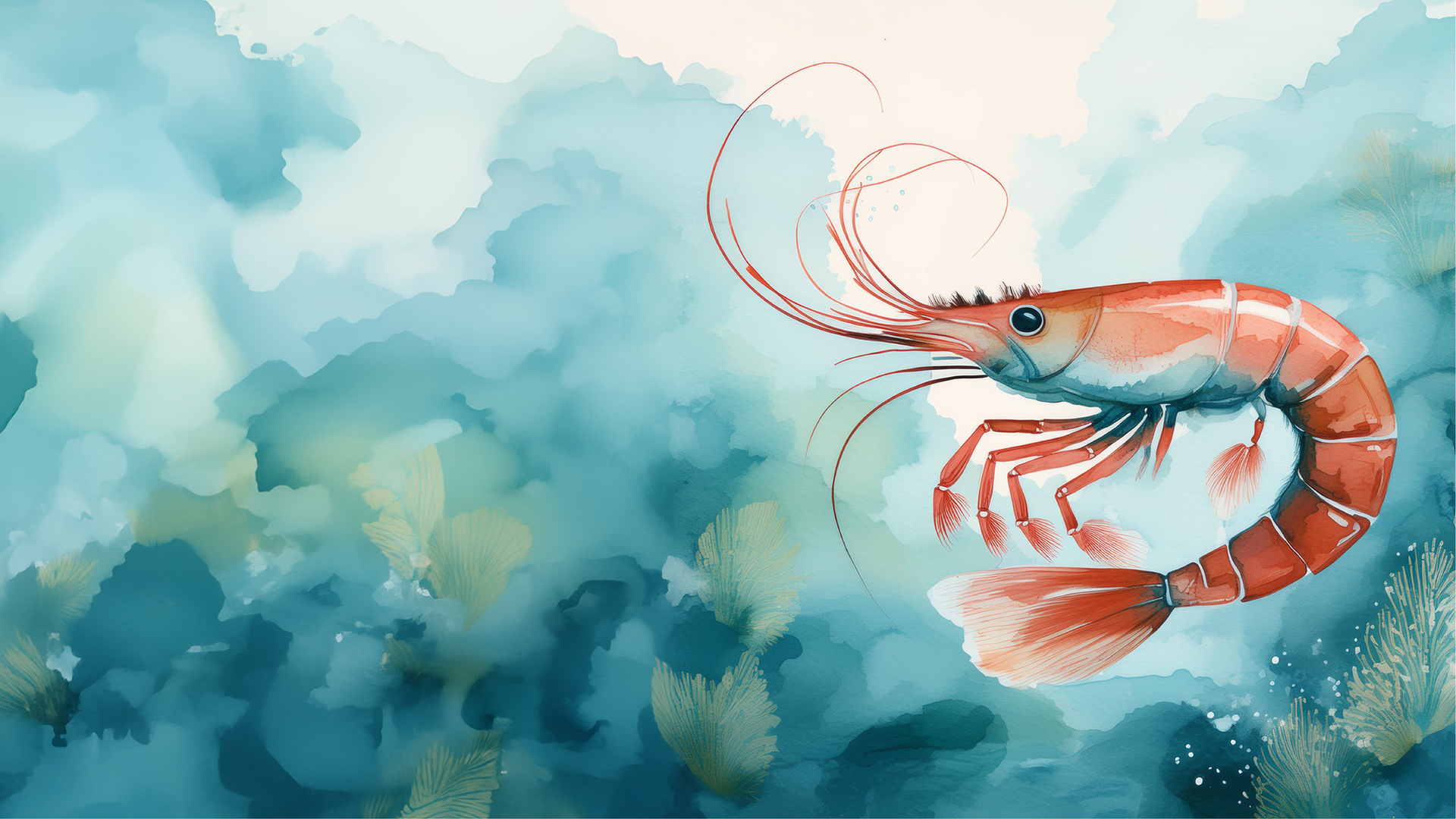
Under the Surface
A nasty disease is attacking Georgia shrimp and raising concerns for the fishing industry that relies on them. A recent Ph.D. graduate investigates what contributes to the spread of black gill disease and how to protect coastal fisheries.
Georgia shrimping is the most valuable segment of the state’s seafood industry, but it’s contending with a nasty-sounding problem: black gill disease. The parasitic infection attacks a shrimp’s gills, visibly discoloring them and making it harder for shrimp to breathe or escape predators.
While infected shrimp are still safe for consumption, scientists aren’t sure how the disease affects shrimp populations. Megan Marie Tomamichel has been working to find out.
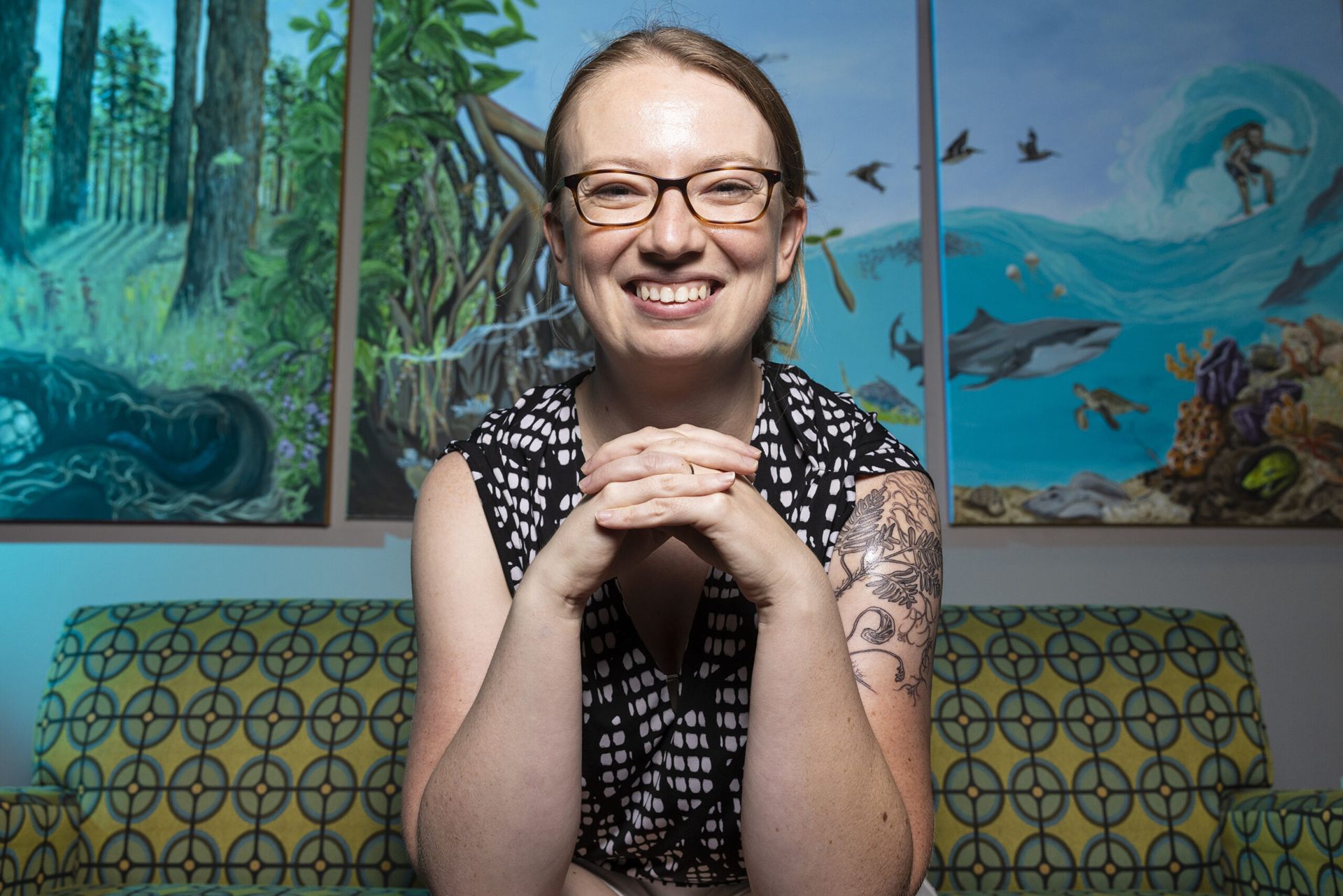
Tomamichel, a recent Ph.D. graduate of the University of Georgia’s Odum School of Ecology, has been studying what factors affect the spread of the disease, which is caused by a kind of ciliate (a single-cell animal) called Hyalophysa lynni, and how it impacts the shrimping industry. To do that, she spent several years studying shrimp black gill disease off the Georgia coast.
When the disease first emerged, Tomamichel said, “Shrimpers had noticed that the prevalence of shrimp with this disease will spike, and then suddenly the number of shrimp caught in nets went down.”
Tomamichel wants to know what 1) environmental factors caused the prevalence of the disease to spike and 2) what contributes to making the disease deadly.
Answering those questions could help scientists and those in the fishing industry better understand how to protect their fisheries and how to prepare when disease strikes.
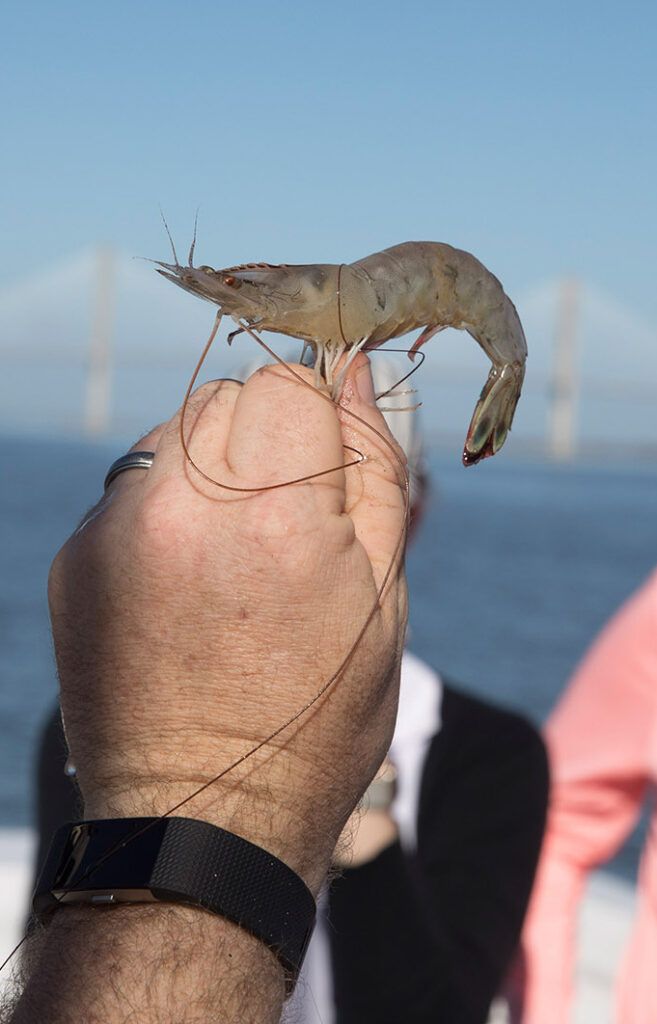
“We’re seeing if the rate of mortality increases with temperature,” she said. “In a warmer world, which parasitic diseases cause more mortality in fisheries, and what factors influence that relationship?”
Establishing a baseline for black gill and developing a process to analyze environmental impact can help researchers understand other disease trends.
“Our findings about what is driving patterns in disease prevalence is applicable in lots of different fishery systems as well as terrestrial systems,” she said.
Tomamichel successfully defended her dissertation on black gill disease in July. She credits her growth to strong mentorship and advisors at Odum, including Associate Dean for Research and Operations Jeb Byers and Associate Professor Richard Hall. Tomamichel, in turn, passes that mentorship along to undergraduate students.
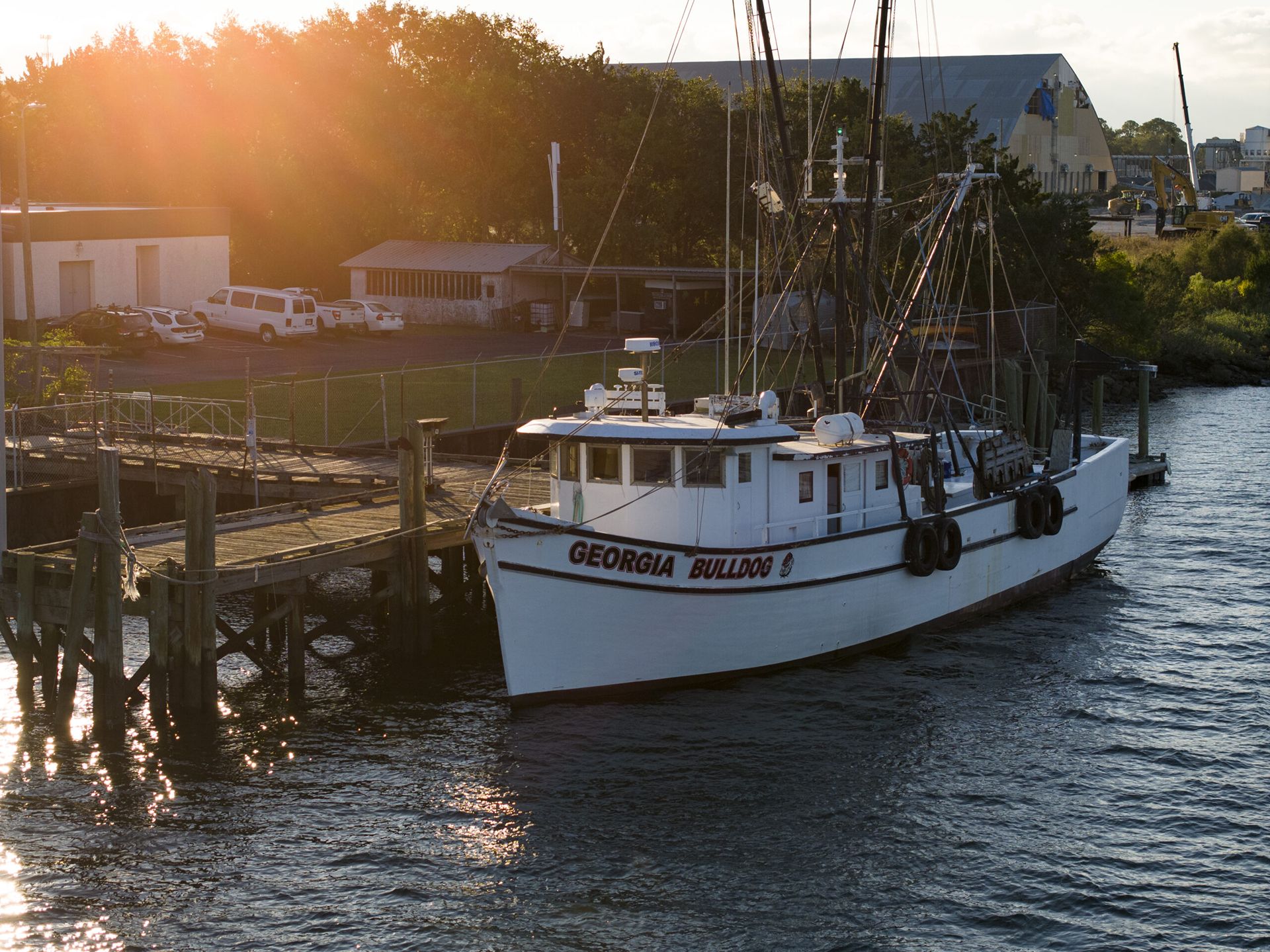
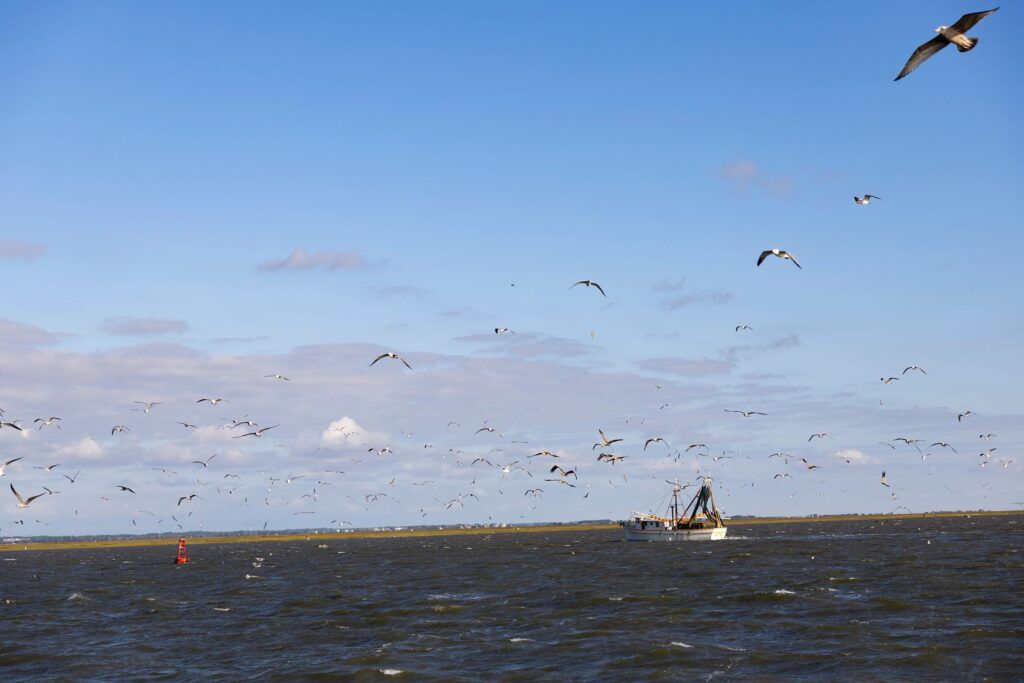
She’s continuing research at the Virginia Institute of Marine Science as a postdoctoral researcher. Next up? She’ll apply what she learned at UGA as she studies another parasite infecting Virginia’s blue crab populations.
“This is what is so inspiring about ecology in general as well as fisheries ecology,” she said. “There’s so many human environments and animal community and population dynamics that all interplay, which I think is really cool.”
“Our findings about what is driving patterns in disease prevalence is applicable in lots of different fishery systems as well as terrestrial systems.”
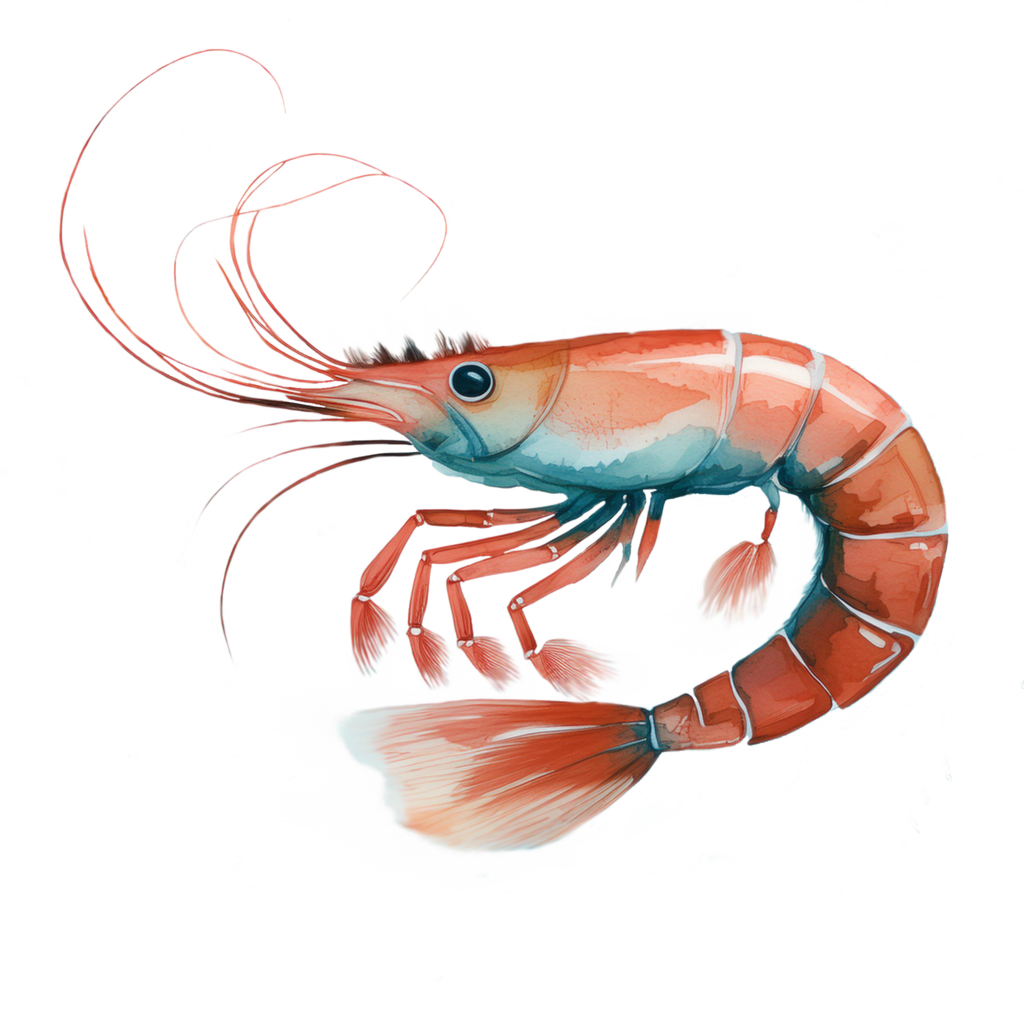
Written by: Erica Techo
Photography by: Chamberlain Smith
Design by: Andrea Piazza
Illustrations by: Kaiya Plagenhoff